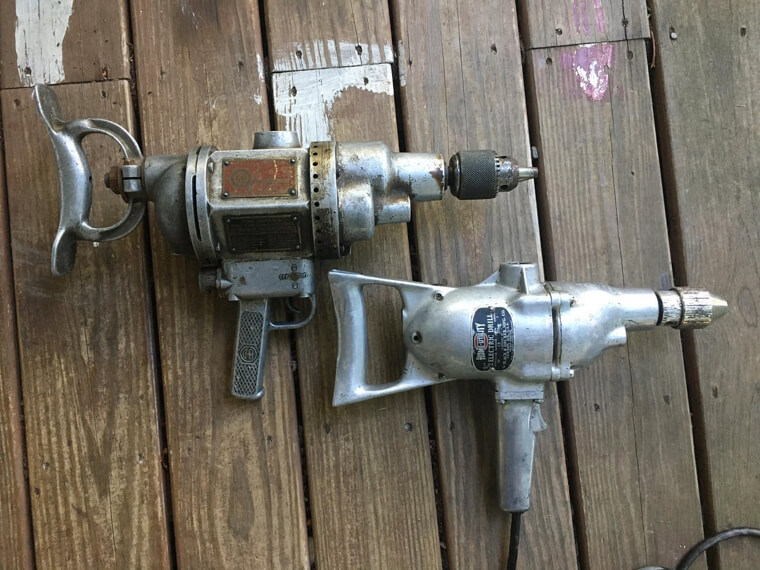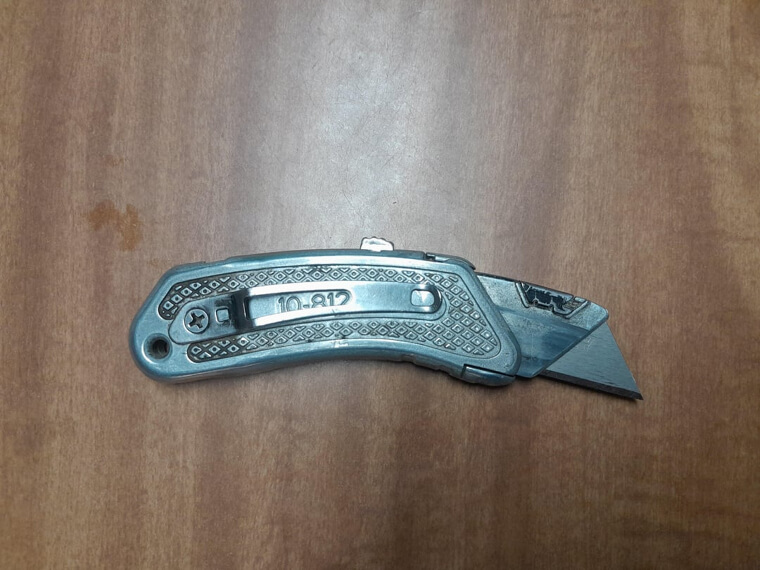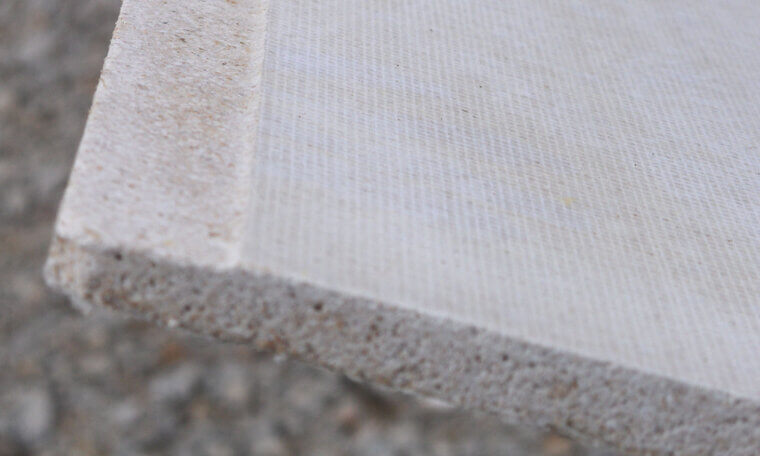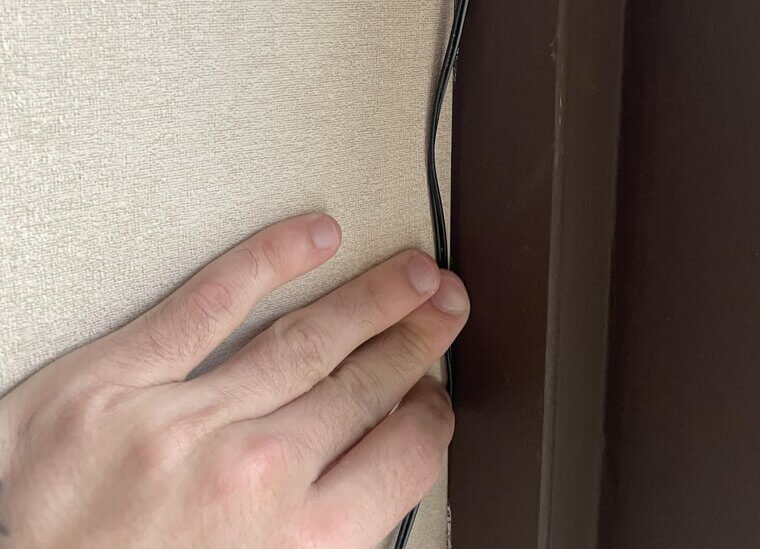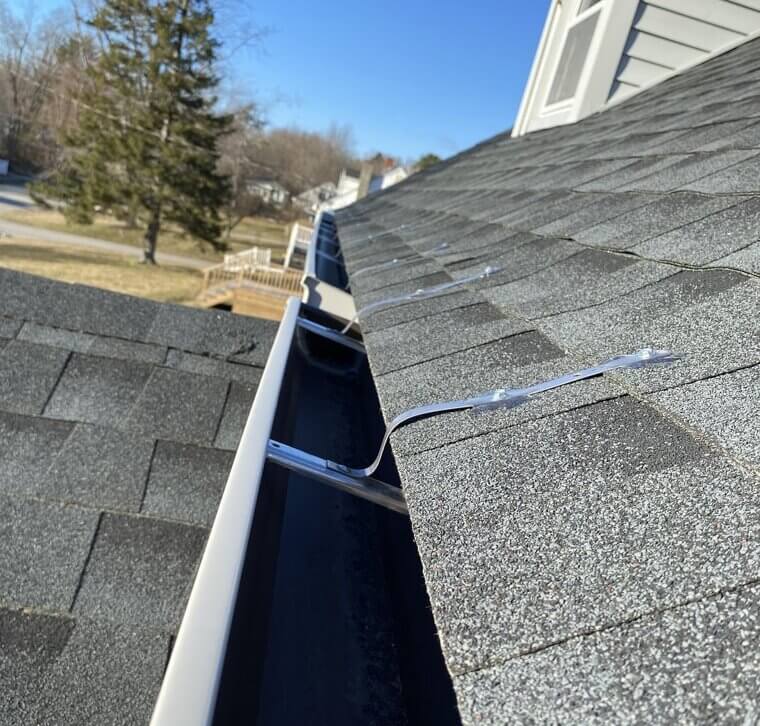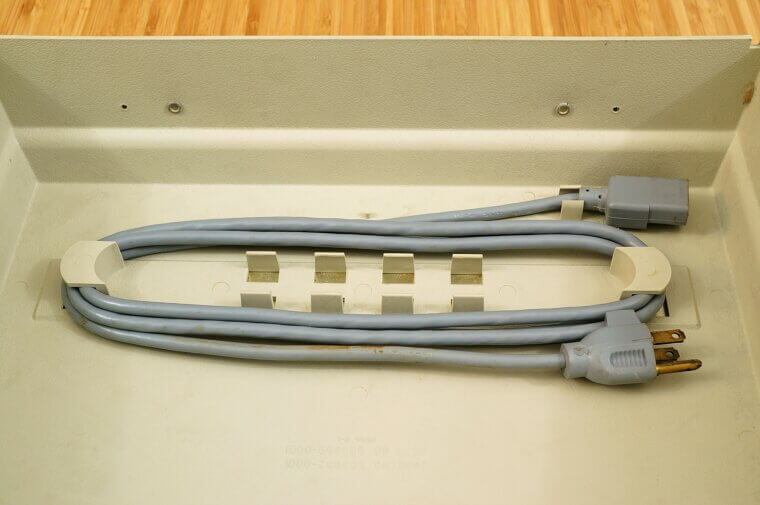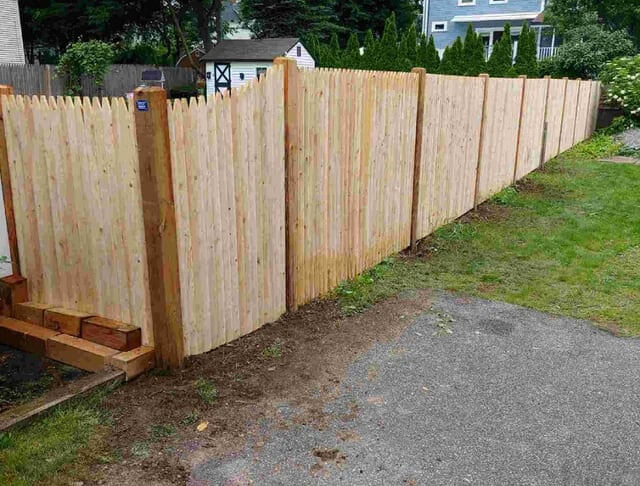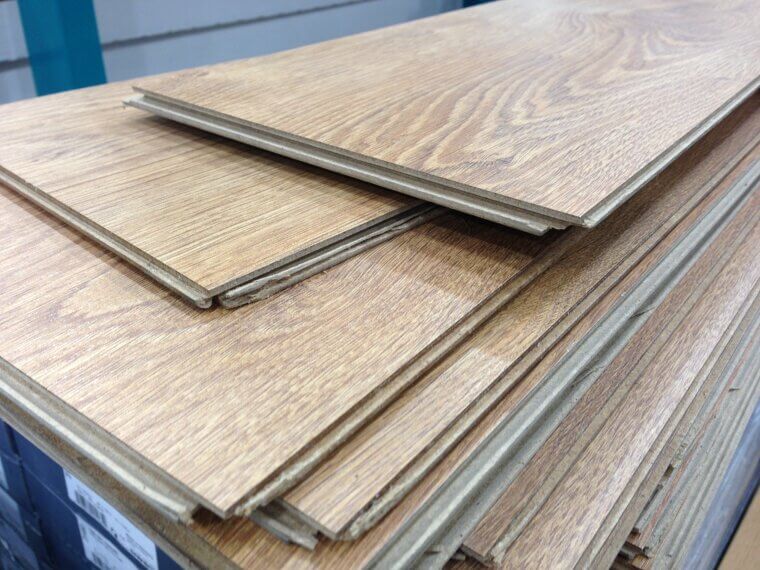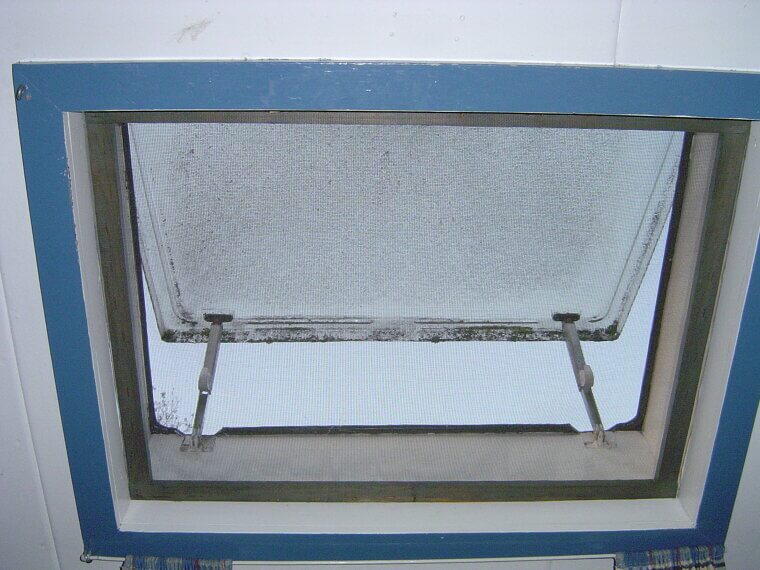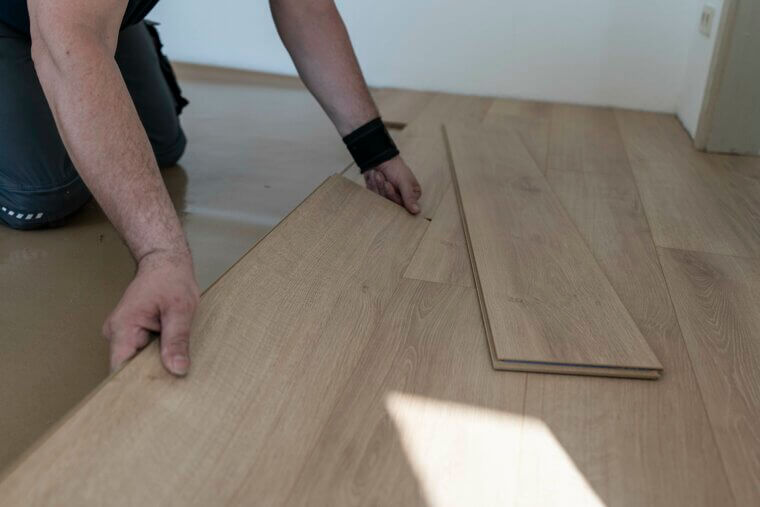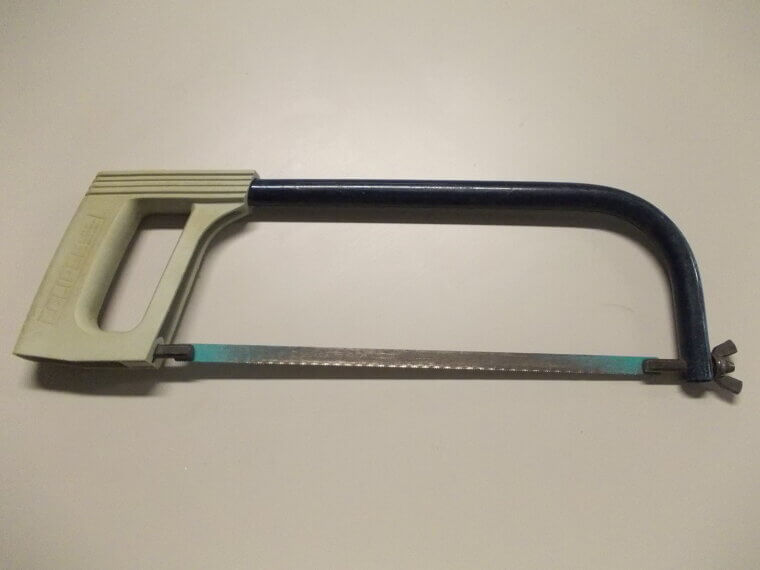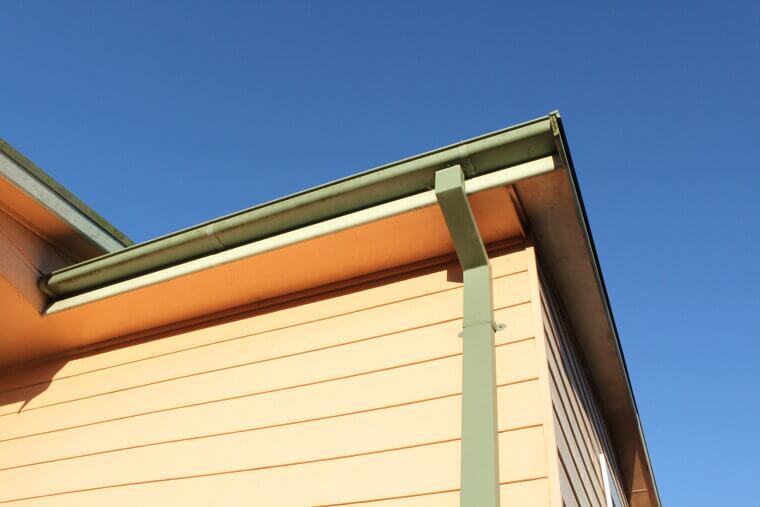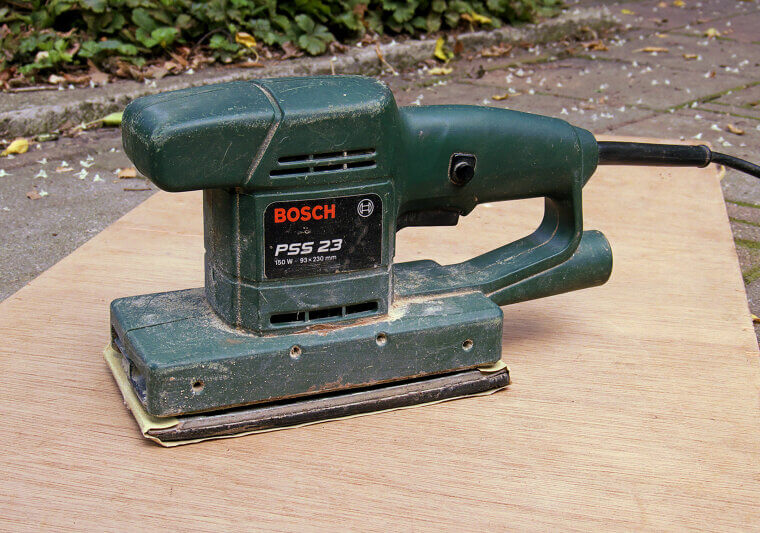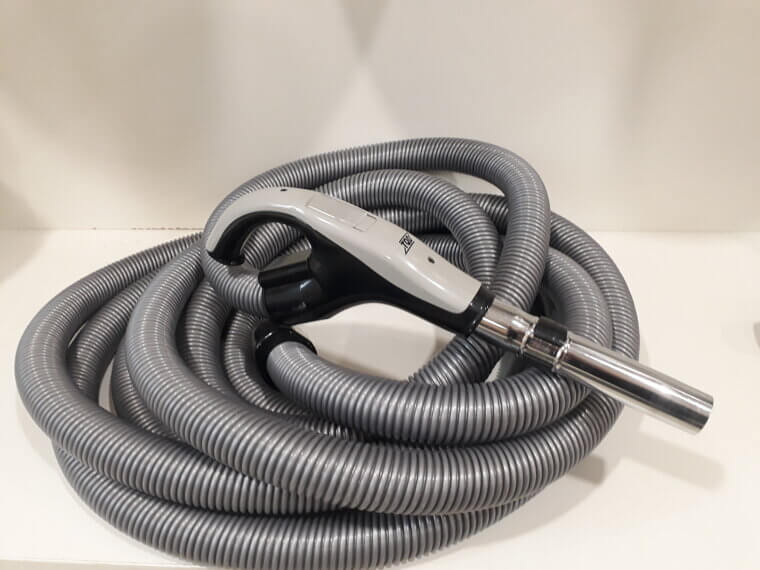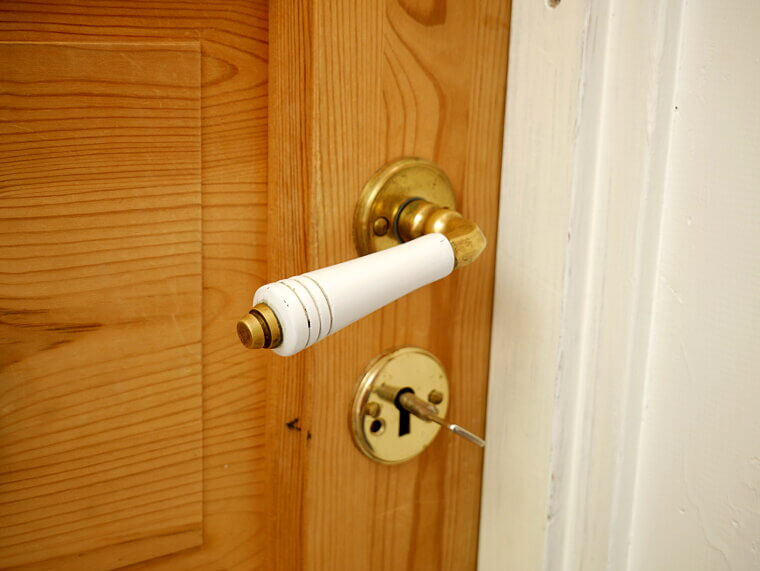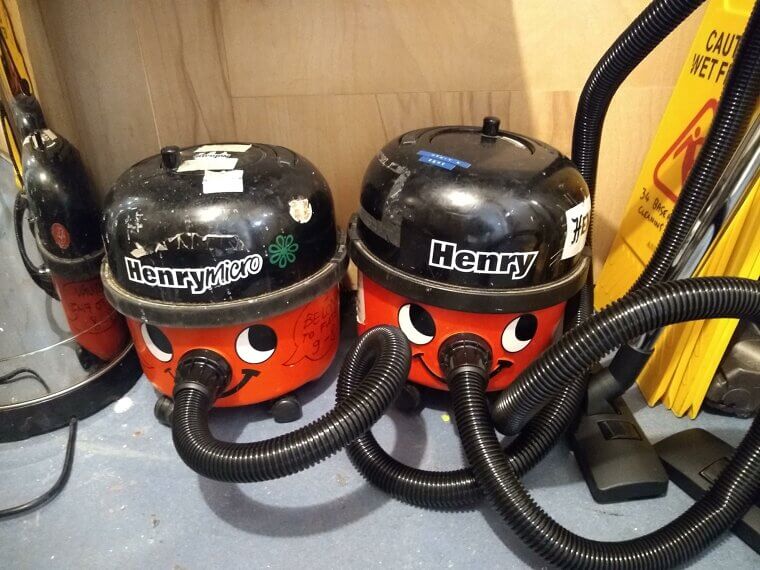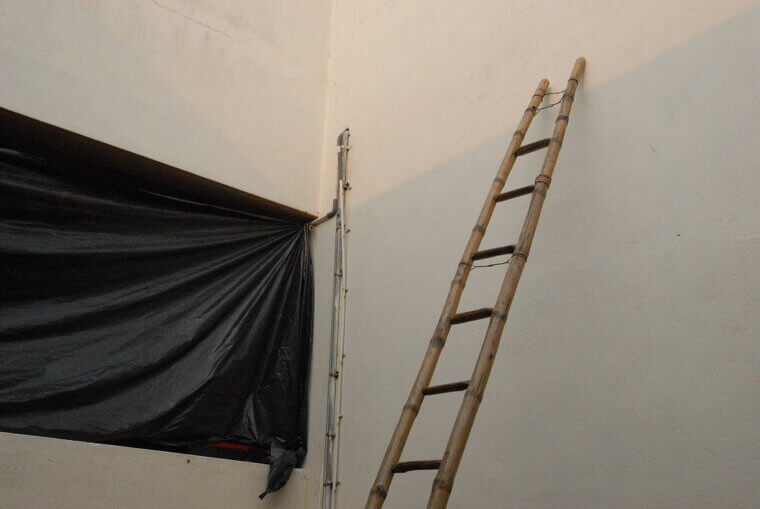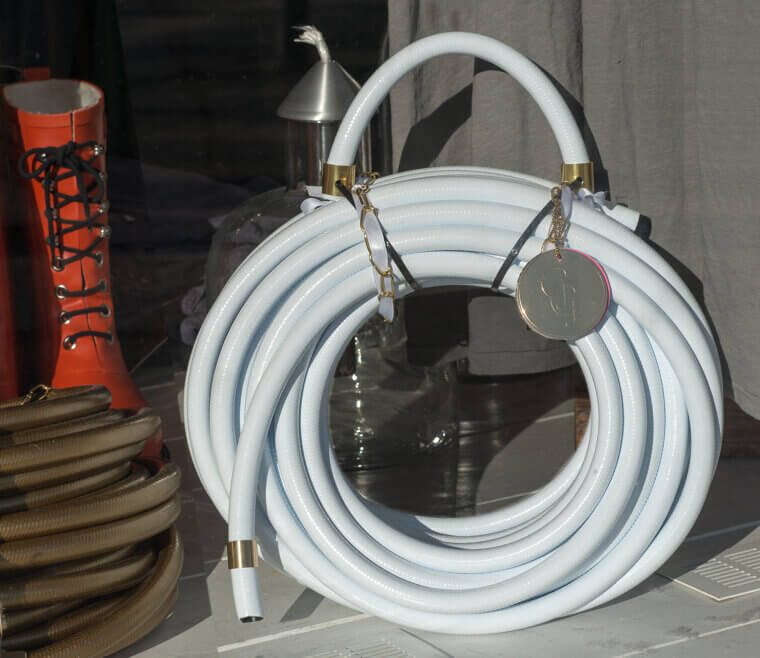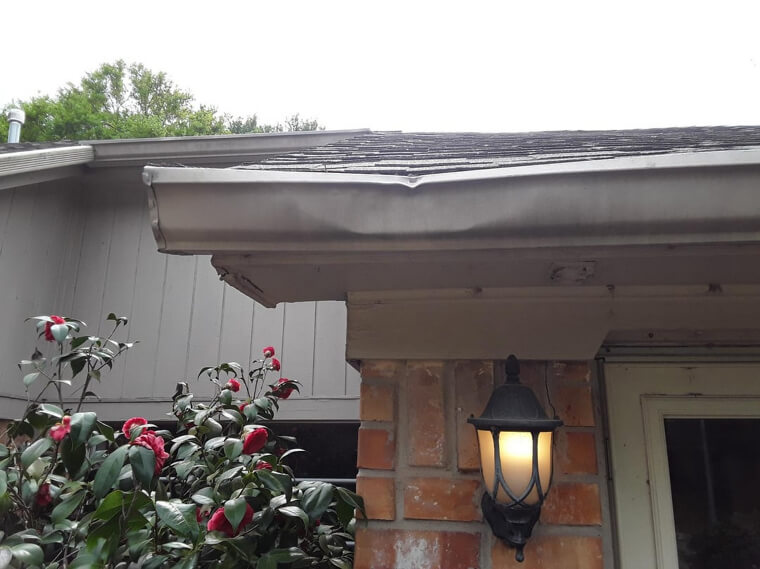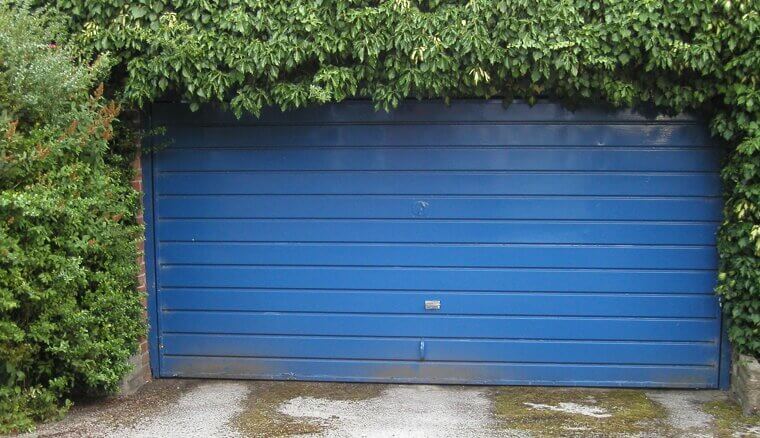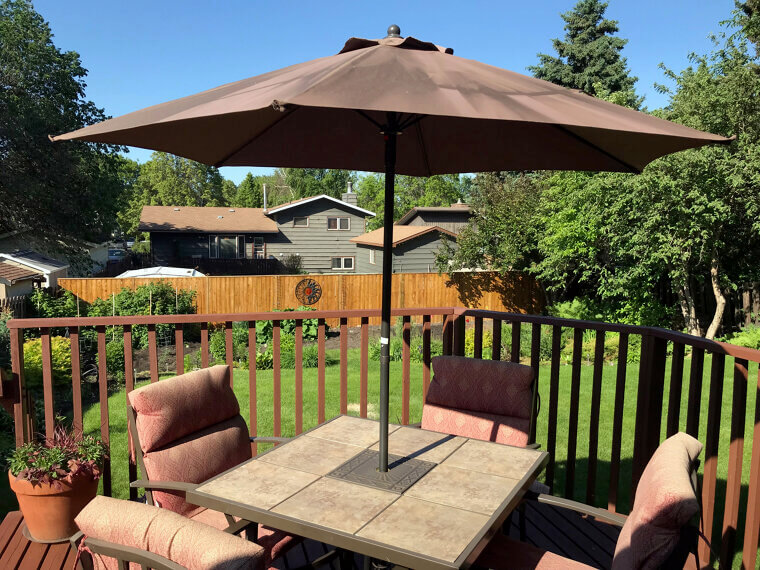Vintage Hacks to Make Your Home Beautiful
Do you remember the good old days when you’d share home hacks, top tips, and tricks with your neighbors? Nowadays, everyone just does a quick search online and ends up making their problem worse. Want to avoid this? If so, continue reading to uncover vintage home hacks that are just as brilliant today.
Extending Your Utility Knife's Life
Is your favorite utility knife starting to feel more like a butter knife? Before tossing it out, try this simple trick to bring it back to life. Most of the wear happens on just the first quarter inch of the blade. Grab a pair of pliers and carefully snap off the dull tip. This exposes a fresh, sharp edge that works almost like new. It’s a quick, cost-effective way to extend your knife’s life without replacing it. This small adjustment can make a big difference, especially if you use your knife regularly for DIY projects or home repairs. Give it a try.
Clean Drywall Sanding
When you have a lot of drywall compound to sand, here's a method to minimize dust - because nobody enjoys a living room that looks like a foggy construction site. Connect a conventional swivel-head drywall pole sander to your wet/dry shop vacuum's stiff extension tube using duct tape - yes, the same magical tape that fixes nearly everything. Keep the vacuum nozzle just below and near the sandpaper, like a trusty sidekick catching every stray particle. For your vacuum to reach the ceiling and into corners, you'll also need an additional length of hose. Your future self will thank you for the lack of dust clouds in the air!
Sticking Up Wires
No more broken wires, dropped and misplaced staples, or smashed thumbs: Low-voltage wires can be easily secured in place with hot-melted glue. It can be applied to various locations, including thermostat wiring, phone lines, bell wire, garage door safety sensor wiring, and even outdoor low-voltage lighting. It creates a tidy finish, and if needed, the glue dabs can be painted to match the wall. (Note: This only applies to low-voltage wires.) Don’t worry if you don’t already own a hot glue gun; you can buy one from any local hardware store. The best thing? They can be as cheap as chips!
Gutter Protection
Every time you lean a ladder against your gutters, do you end up collapsing like an overly ambitious acrobat? Try this: Drive two 7-inch galvanized spikes with 5-inch ferrules into the gutters behind where each leg will rest - essentially giving your ladder a VIP seat. Then, drill two 3/16-inch holes in the region or spots where your latter will be placed because precision is key to avoiding unexpected tumbles. The weight of the ladder will be supported by the ferrules rather than the gutter, saving your gutters from a tragic demise. Standard gutter ferrules and spikes are available at most home centers, so you won’t need to go on a mythical quest to find them!
Door Silencer
Are you constantly being interrupted or even frustrated by banging doors? Well, this simple solution will be your lifeline. All you need to do is simply adhere three or four little self-adhesive felt pads, similar to those found on cabinet doors, to the door jamb. In addition to reducing noise, they improve the fit of the doors. You can also use a dab of petroleum jelly to lubricate the latch, as it facilitates its operation and promotes smooth closings - so no more door slams that sound like dramatic exits in soap operas!
Patio Paver Puller
Home hacks enthusiasts are constantly interested in paver hacks - because who doesn’t love a clever shortcut? This is quite helpful if your sand-based patio needs to be re-leveled after a winter of freezing and thawing and you have some unlevel bricks or pavers. How can the paver or brick be removed? Use two pieces of coat-hanger wire to create these pullers. Pull up the paver after slipping the wires along both sides and giving them a quarter turn. Create four pullers and enlist a second person to assist with large patio blocks because teamwork makes the dream work, and heavy lifting is way more fun when someone else is doing half of it.
Power Cord Keeper
Since nothing spoils a project more quickly than an unexpected trip over tangled cords, you need to secure power cables at your side and fasten them to your belt loop using a 6-inch Velcro loop while using a portable power tool. It's an easy trick, and it will save you from having to fumble with cables like you’re in a stunt scene from an action movie. Now, you can work freely, knowing that your tools won't rebel in the middle of a task now that the Velcro loop is in place. This little but effective trick will keep your workstation tidy, your motions fluid, and your ankles free from unplanned acrobatics—a lifesaver in terms of effectiveness.
Fence Post Holder
As a first-time fence post sinker, you’re probably struggling to keep the post plumb while filling the hole with concrete - turns out, gravity has a mind of its own. The system is as follows: Just lay the workbench over the hole, fasten the post with a clamp (like giving it a hug), plumb it, and then pour the concrete. No more awkward balancing acts! The concrete will be solid enough to gently remove the workbench off the post by the time the next hole is dug, making the whole process feel smooth and efficient rather than a chaotic battle with wobbly wood.
Staple And Tack Puller Fulcrum
You’ll have to remove a ton of staples and tacks from your hardwood floors if you’re planning on removing the padding and carpeting. You’ll need to rip 3/4-inch-wide duct tape strips and tightly wrap ten or twelve layers directly above the nail puller's base to protect the floors. It turns out that duct tape isn’t just for fixing everything; it’s also a lifesaver for wooden surfaces. This offer of protection, as well as an added fulcrum, makes tack pulling effortless like it’s giving your tool an upgrade. In order to get under stables and tack heads without causing any damage to the floor, you also need to file a sharp edge on the tack puller. And yes, wear safety glasses because no one needs a staple flying at them like something out of an action movie!
Window Screen Reviver
After a few seasons in the sun, fiberglass window screening becomes discolored and spotted, and who wants that? Use an automobile vinyl protectant such as Armor All or Son-Of-A-Gun to revitalize your screens. If it can keep car interiors looking fresh, why not your windows? Wipe the entire screen on both sides after cleaning and allowing it to dry, giving it the spa day it desperately deserves. To capture the spray-through, keep a sponge behind the screen as you spray, as there’s no need to redecorate your surroundings with protective coating. For a few more seasons, they will appear brand-new, ready to keep bugs out while letting in all that glorious sunshine!
Curtain Rod Plant Pole
Home hack enthusiasts’ favorite poles for supporting plants both indoors and outdoors are sections of brass-plated curtain rods. Why use simple stakes when your plants can have a little flair? They are the fashionable underdogs of the gardening world since they are reasonably priced, rust-resistant, and aesthetically pleasing. They accomplish the task without appearing to be a temporary solution, whether they are supporting a sagging tomato plant or providing a sophisticated platform for a climbing vine. What’s more, these plant supports are useful, long-lasting, and aesthetically pleasing - you never realized you needed them!
Electrical Tape Wrap
Pull off a few inches of electrical tape and wrap it loosely around your index finger, with the sticky side facing out when wrapping wires in a confined space. After that, you can simply use your thumb to roll the tape around the wire while supporting it with your middle finger, making the process as smooth as rolling a coin across your knuckles (but far more practical). No more tape tangles or awkward angles - just a quick, clever trick for neatly securing wires without frustration. Bonus: your hands stay free from sticky disasters that make it feel like you’ve been wrestling with a glue trap!
Fixing Squeaky Floors
Is a squeaky floor making you crazy - like it's trying to communicate in Morse code every time you walk across it? It's simple to correct if the underside is visible in the basement; no need for detective work. As you stand in the basement, have someone stroll all over the floor. Think of it as a live-action treasure hunt for the most annoying squeaks. Mark that joist with chalk as soon as you hear it squeak. Attach 3-inch L-brackets to the joists using screws, ensuring the tops of the brackets are flush with the tops of the joists. Next, tighten the screws to the joists by driving them up into the surface floor and the subfloor.
Door Holder
When you need to plane a door or add hinges or a lock, here's a quick method to keep it on edge because nobody enjoys wrestling with their door when they’re trying to fix it. Simply attach two lengths of scrap wood with a single screw to form a "V" - a DIY superhero for stability. Then, as indicated, screw each piece of wood - the horizontal piece should be slightly longer than the angled piece - to the top or bottom of the door, securing it with a firm handshake. It is easy to construct, won't damage the surface of the door, and spares you from unnecessary frustration. No more chasing runaway doors mid-project!
Hacksaw Sheet-Metal Cutting
Cut sheet metal with a hacksaw cleanly by sandwiching it between two thin boards - because no one enjoys ragged, unkempt edges that resemble a botched art project. Secure the sandwich like a tightly packed meal that won't crumble by clamping it in a vice. Before making your move, make sure to mark your pattern precisely on the front board. Then, cut through the entire sandwich at once, just like you would a layered cake, but with a lot fewer crumbs. Without making the task into a frantic struggle with straggling metal sheets, this technique maintains stability, reduces burrs, and guarantees that your cuts are clean and sharp.
Gutter Cleaner
If your gutters are one story high, use an old paint roller with an extension handle to clean them from the bottom up. This way, you can work smarter, not harder, rather than using a ladder. With the roller's ideal slant, pushing away leaves and dirt is simple and quick, eliminating the need for a delicate balancing act. To give your gutters a much-needed spa treatment without exerting yourself, simply roll, swipe, and let gravity take care of the rest. This easy-to-use method keeps your feet firmly planted while keeping your gutters free and prepared for the next downpour.
Door Bottom Sander
Sometimes, fumbling with hinges feels like an unnecessary workout, so here's a way to remove a little section of a door's bottom without moving the whole door. You can basically give your electric drill a small facelift by assembling the sanding disc with the sandpaper facing the drill chuck. Put some cardboard down on the floor to prevent damage because nothing spoils a fun do-it-yourself project more quickly than unintentional scratches. After that, use upward pressure to sand the door's bottom, allowing the drill to undertake the labor-intensive work and sparing you from an uncomfortable sawing marathon.
Tree Saver
Because no sapling deserves an unintentional haircut, keep your yard's young trees safe from damage or even death from the lawnmower or string trimmer. Cut off the top and bottom of a transparent two-liter soda bottle, then use this cylinder to cut down the middle of the bottle, transforming yesterday's soft drink into today's tree protection. Like a silent bodyguard, it will curl around the tree, remain there, and be almost invisible—a straightforward, efficient defense against aggressive lawn equipment - no fuss, no heavy devices.
Stopping Shifting Studs
Just press the heads of two nails into the soleplate precisely where the joist side should be to keep those studs in place while toenailing (or driving nails at an angle) into the soleplate. It's like placing guideposts for a correctly positioned stud. After that, secure everything with a firm grasp by driving the nails into the opposite side. The studs won't slip thanks to this small tip, saving you from having to play the annoying game of "hold it steady while I hammer." A minor change that has a significant impact, guaranteeing that your framing remains sturdy and free of frustration.
Sticking Vacuum Hoses Together
If your vacuum's rigid tubes or hose breaks while you're using it, just implement this easy fix. Nothing ruins a cleanup more quickly than a vacuum rebelling in the middle of work. Using an awl or other sharp-pointed tool, draw deep X's on the ends of each joint, inside and out. This will give it a strategic war scar for a firmer grip. They will stay together thanks to the extra surface friction of the X, preventing duct tape mishaps or hasty reattachments. A fast remedy that allows you to concentrate on the mess rather than the broken equipment and keeps the cleanup process moving forward without needless irritation!
Doorknob Set Screws
A dab of clear nail polish on the threads will keep the screw from coming loose. If you have old decorative door knobs that are attached to a spindle with a small screw, you know that the screws can loosen or strip out and get lost, and it's nearly impossible to find replacements. Don't worry, though; most hardware stores carry Allen-head set screws, as shown. Take your spindle along, buy the right size (and a few extra), and install it with an Allen wrench.
Wire Straightener
Nobody wants their wires to resemble abstract sculptures; thus, this method works great for eliminating bends and kinks in wire, even heavy wire. To create a snug tiny tunnel for straightening magic, drill a hole in an 8-inch-long piece of 2x2 or 2x4 that is just a little bit bigger than the diameter of the wire. Slide the wire through the hole, then clamp the end in a vise to lock it in place like a recalcitrant opponent in a tug-of-war. Next, using both hands to grip the wood as a handle, drag the hole along the wire - think of it as a metal version of ironing out creases.
Get-A-Grip Shop Vacuum
If you’re tired of trying to pick up and move your vacuum without something to hold onto, and if it’s starting to feel like a workout you didn't sign up for, you need to mount a door handle directly onto the top of it. With the help of four 1/2-inch No. 8 sheet metal screws, your vacuum's portability will be greatly improved. It now has the handle it should have had all along, so there is no more clumsy lifting or fumbling. You'll wonder why you didn't do this years ago if you give it a try.
Fixing Vinyl Siding
We’ve discovered that it’s quite common for your vinyl siding strips to unhook along the channel-and-lip horizontal connections that keep it together. If you have this problem, it’s probably because the strips aren’t positioned high enough. Don’t worry; you don’t need to remove huge pieces of siding. Just repair it with this simple fix: re-nail the side strip higher after unhooking it above the loose joint. Then, snap the lip back into the channel by squeezing it with one hand while dragging a metal crochet hook along the lip and drawing it down.
Ladder Hammer
How many times have you had to go down to get your hammer back when it dropped off the top step of the stepladder as if it had a mind of its own? Using a 3/4-inch long screw and a piece of old leather belt or canvas strap, you can make a sturdy holster that will hold your hammer in place and fix the problem for good. This easy solution will save you time, effort, and patience. It eliminates the need for awkward ladder gymnastics and angry groans. You'll question how you ever tolerated runaway tools in the first place after giving it a try!
Any-Weather Plant ID Tag
Because cheap paper labels are no match for the weather, here's how to make permanently readable, reasonably priced identity tags. Give your leftovers a second chance at life by slicing them from an aluminum TV dinner pan or an old foil pie plate. Place each tag on a soft surface and write on it with a ballpoint pen, pressing down hard to leave an impression that will not go away. The impression will endure rain, wind, and inquisitive garden animals since it is permanent. Put them on your plants or anything else that needs a durable, waterproof ID.
Garden Hose Hanger
A quick and easy way to make a sturdy garden hose hanger - since tangled hoses ruin any neat yard. To give your hose a solid home, fasten a large plastic bucket to the wall using drywall screws that are at least two inches long and large flat washers. Maintain the hose neatly coiled as you loop it over the outside of the bucket. When it's time to water the plants, you won't have to go around looking for the hose attachments because they will be inside the bucket, right where you need them.
Big Sheet Carrier
To make a handle, just tie the two ends of an 18-foot rope together, then hook the loop around the sheet's two lower corners. This technique saves your back and patience by turning a laborious haul into a controlled, smooth lift. Heavy sheets essentially work together with this straightforward handle, making transportation quicker, simpler, and requiring less balancing. You'll question why you ever tried the two-person shaky carry in the first place after you give it a try!
Thumb Protector
Here's a technique to avoid blue thumbnail anguish when you make an occasional bad swing with a hammer: When starting a nail, grasp it with your thumb and forefinger exactly under the head rather than lower down. Better aim will result from being able to focus on both the nailhead and your thumb. Additionally, your thumb and finger are more likely to be deflected by the hammer than to be crushed if you do make a poor swing.
Gutter Straightener
The spikes holding gutters to the soffit fascia may bend if ice falls from the roof. Use a thick metal chain link with the centerpiece cut out of one side and a 2-foot length of angle iron to straighten the spikes without removing them or the gutters. The angle iron and chain link offer simple leverage to straighten out the spike and realign the gutters, but proceed with caution if you're working from a ladder.
Non-Tip Garbage Cans
Because no one likes to chase their garbage can down the street, there is an easy way to keep those cans from getting blown over or emptied. Two 3/4-inch screw eyes and a 30-inch hook-end Bungee cord from the hardware store are all you need. Hook the Bungee cord around the can, secure the screw eyes in a stable spot, and presto! Your trash doesn't try to escape. It's a simple, hassle-free solution that keeps your trash cans grounded and saves you from having to clean up after a storm.
Garage Door Saver
Nobody wants their sturdy entryway to become a distorted mess; therefore, keeping the bottom portion of your multi-panel wood garage door dry will greatly increase its lifespan. To create a protective barrier that keeps moisture out, apply a paintable caulk to all of the joints where the bottom horizontal rail joins the panels. This easy procedure keeps your garage door sturdy and smooth over time by preventing rotting, swelling, and other moisture-related problems.
Moveable Deck Umbrellas
Installing multiple sets of galvanized plumbing pipe straps on the deck posts or railing in strategic locations will provide shade where you need it. Use straps that are slightly wider than the umbrella pole, then simply slide the umbrella pole through the straps until the bottom of the pole rests on the deck. If your deck umbrella never seems to be in the right place to shade you from the sun, this solution is for you.

